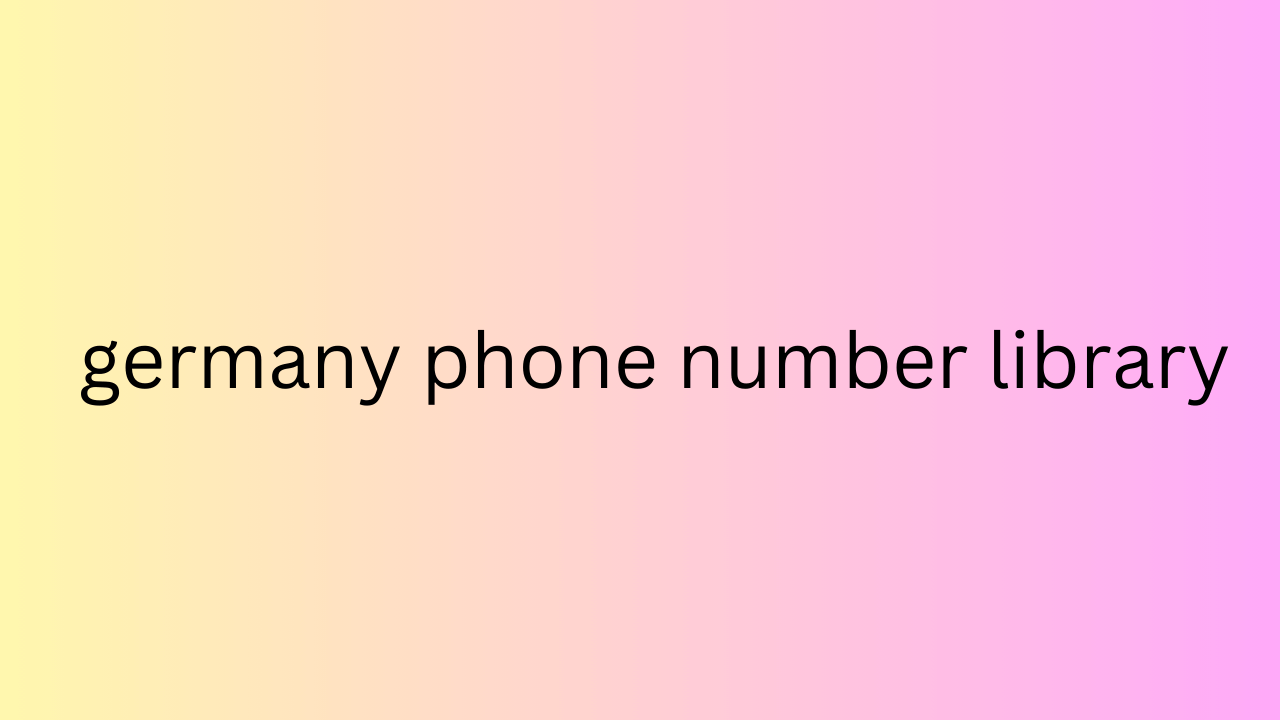How to Host a Successful Webinar. Our 8-Point Guide
Posted: Tue Dec 03, 2024 8:24 am
We have been able to organize and participate in live events again for a few months. For us it was a unique emotion: being able to tell people about our product (and see their interest on their faces!) is priceless. But if the period of off-limits events has taught us anything, it is that online, with its limitations, can be an excellent substitute for an in-person event. And although many today say "I can't stand webinars anymore!", these have played the valuable role of allowing many companies, like ours, to stay in touch with their audience. In fact, we at Lead Champion, together with our parent company Neosperience , have made extensive use of webinars : more than 30 different events, both public and private, involving almost 3,000 people. The great success achieved in commercial terms has proven us right for the choice we made, and has allowed us to understand the value of the work done and of the tool itself. germany phone number library Aware of this, we have decided to share with you our modus operandi in organizing webinars to help you in the strategic definition of your events also for the months and years to come: because it is certain that online events will not disappear as, we hope, Covid will. Here are the first 3 phases of 8 to organize a successful webinar. You can find the remaining 5 in our white paper , downloadable for free here . In this article we will describe those relating to the platform to use, the scheduling of events and the definition of the audience and the objective .
PHASE 1 of organizing a webinar Which platform to choose?

graphical user interface
In general, the first critical choice when deciding to move your events online is to find the most suitable platform . There really are some for all tastes. From Demio , one of the best-designed webinar platforms in terms of interface, to GoToWebinar , which instead offers excellent analysis on participants. The list is really very long, and before choosing it is necessary to inform yourself well, depending on your spending capacity and the required features . We recommend always starting with a basic plan , and then - if necessary - making an upgrade depending on the success you will obtain from the public. For the first few months, to avoid the risk of making a mistake, it is always better to pay monthly : it is rare to find the perfect platform right away, so it is better to have the possibility of changing quickly without losing precious budget. We chose to use the Zoom webinar function which, although equipped with a not very user-friendly interface, flexible in features and not particularly cheap, offered us the reliability and seriousness that we felt we needed for the first events. We are currently experimenting with other ways, also in light of another platform that we are using for our live broadcasts on Linkedin – StreamYard – which offers the same security but with many more features. We will see how the situation evolves.
PHASE 2 of organizing a webinar Schedule
PHASE 1 of organizing a webinar Which platform to choose?

graphical user interface
In general, the first critical choice when deciding to move your events online is to find the most suitable platform . There really are some for all tastes. From Demio , one of the best-designed webinar platforms in terms of interface, to GoToWebinar , which instead offers excellent analysis on participants. The list is really very long, and before choosing it is necessary to inform yourself well, depending on your spending capacity and the required features . We recommend always starting with a basic plan , and then - if necessary - making an upgrade depending on the success you will obtain from the public. For the first few months, to avoid the risk of making a mistake, it is always better to pay monthly : it is rare to find the perfect platform right away, so it is better to have the possibility of changing quickly without losing precious budget. We chose to use the Zoom webinar function which, although equipped with a not very user-friendly interface, flexible in features and not particularly cheap, offered us the reliability and seriousness that we felt we needed for the first events. We are currently experimenting with other ways, also in light of another platform that we are using for our live broadcasts on Linkedin – StreamYard – which offers the same security but with many more features. We will see how the situation evolves.
PHASE 2 of organizing a webinar Schedule